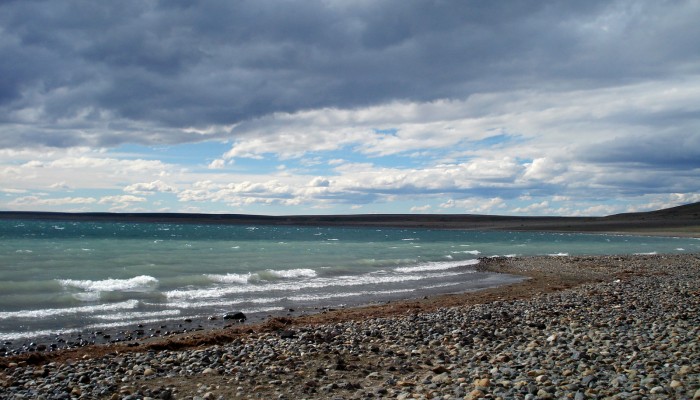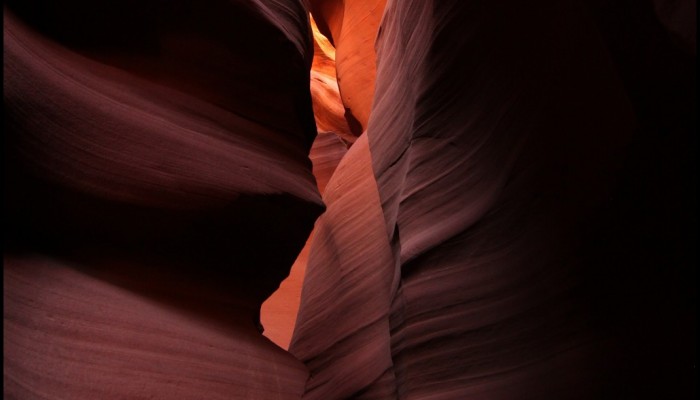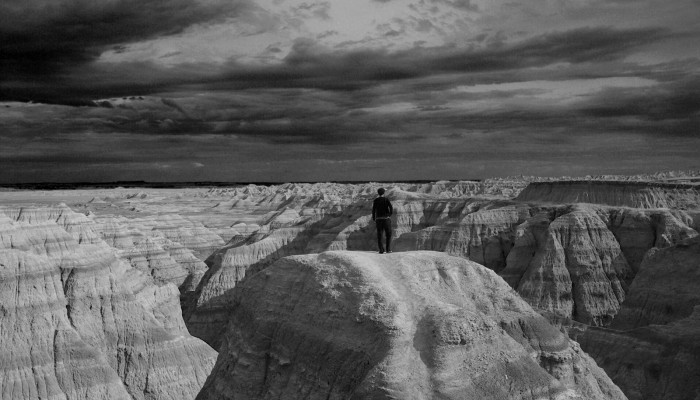Geotalk is a regular feature highlighting early career researchers and their work. Following the EGU General Assembly, we spoke to Katrin Schroeder, the winner of a 2015 Arne Richter Award for Outstanding Young Scientists. First, could you introduce yourself and tell us a little more about your career path so far I am a physical oceanographer with a background in environmental science. I did my st ...[Read More]
GeoTalk: Deciphering the mysteries of the Mediterranean Sea with Katrin Schroeder



